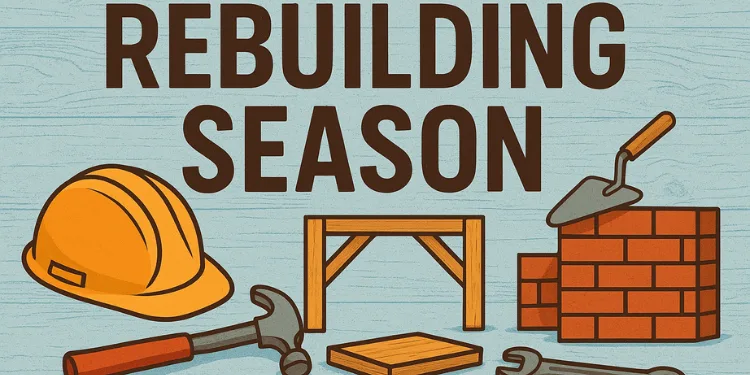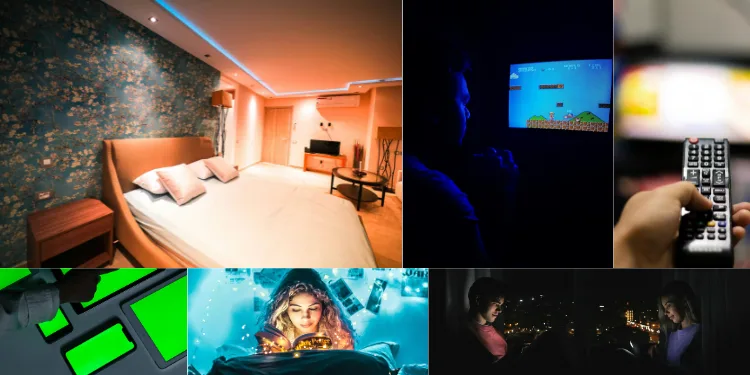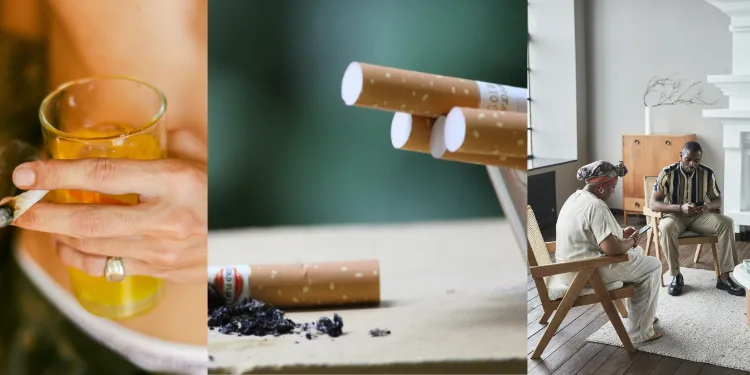Upon hearing the phrase “strength training,” most people immediately associate it with young gym-goers lifting heavy weights or fitness enthusiasts working out to build muscle….
Life often feels like a series of seasons, not all of which are simple or brilliant. Sometimes we enter what I refer to as a…
We’ve all been there: you’re in the middle of a hectic day, and you reach for a sugary snack or a sweetened cup of coffee…
Your decision to prioritize your health is truly remarkable. However, let’s be honest: realizing that health is the new wealth is one thing, but knowing…
“Drink more water” is a piece of advice we have heard a thousand times. Although it’s likely one of the most prevalent health recommendations, it’s…
My adorable Children, Someday, you will be taller than me, older than you are now, and prepared to face the world in ways that I can…
Families with a hectic schedule, which includes work, school, extracurricular activities, and meetings, as well as getting ready for the day, can feel like they…
Despite being one of the most powerful tools for personal growth, a growth mindset is frequently misinterpreted. A growth mentality is about developing skills and…
Light is a relatively insignificant aspect of our sleep, and we often fail to acknowledge its impact. Although you may believe it’s only noise, stress,…
Many times, addiction sneaks into our lives. Rarely does it appear overnight; instead, it grows slowly, changing what at first looked to be a harmless…









